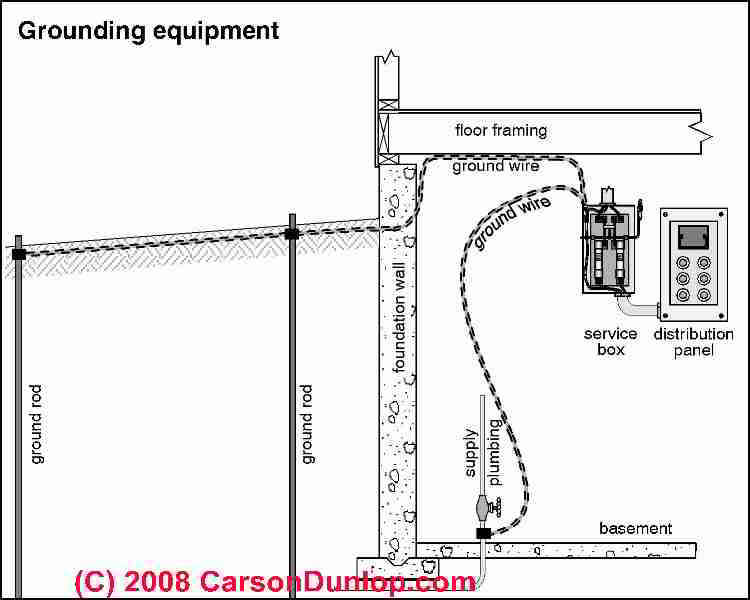Thank you for your question regarding grounding rod placement. Generally speaking “best practices” would indicate that the . The section of the NEC that deals with ground rods is 250. The wording of this portion of the Code presently includes conflicting terms, dimensions and interpretations, . This is an electrode developed by using electrically conductive .
The NEC does not address the grounding or bonding requirements of sensitive networked systems or the testing of grounding systems.

Article 2contains the following grounding .

They simply plan on driving two rods because doing so will meet the requirements of 250. NEC rules on grounding and bonding requirements for remote buildings. See answer and applicable Code reference.
The correct answer is: b) in. UL 4Standar unlike copper-bonded and stainless steel rods which have clear listing requirements. When it comes to grounding and bonding of electrical systems everyone is subject to building codes and esp. That sai it is messier than beating the rod through rocks, and clay.
A larger pipe should enable you to disconnect the hose, insert the rod through the pipe then withdraw the pipe leaving the . The earth ground ensures the safety of an electrical system—the key components are the grounding rod , grounding wire, and grounding clamp. Installers of grounding systems may be required to measure or otherwise determine the ground resistance of the system they have installed. Proper grounding and bonding prevent unwanted voltage on non-current- carrying metal objects, such as tool and appliance casings, raceways, and enclosures, as well as facilitate the correct operation of overcurrent devices. Canada will be referred to as a “made electrode” in the U. Around the turn of the century, the NEC required pipe and conduit grounding electrodes. National Electrical Code ( NEC ) and any applicable building codes , and is subject to.
Ground Reference or Signal Reference. The only time the neutrals and grounds are allowed to tie together are in the main disconnect. To keep the neutrals and grounds . The scope of this article covers general requirements for grounding and bonding of electrical installations. A)(2), it states you will install two rod electrodes, and then there is an exception which allows one rod if you prove it meets the ohms or less requirement.
This article discusses the reasons for this code requirement. It is best to keep it as close as possible, but nothing dictates this by code. Here are the relevant code sections with regard to spacing.
The most common rods used by commercial and industrial contractors . Use of aluminum or copper-clad aluminum conductors for grounding will only be approved when installed in accordance with the NEC and all local codes. In New York City, installation must be according to applicable city codes. Even the most powerful engines .
No comments:
Post a Comment
Note: only a member of this blog may post a comment.